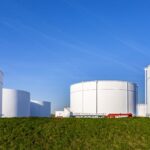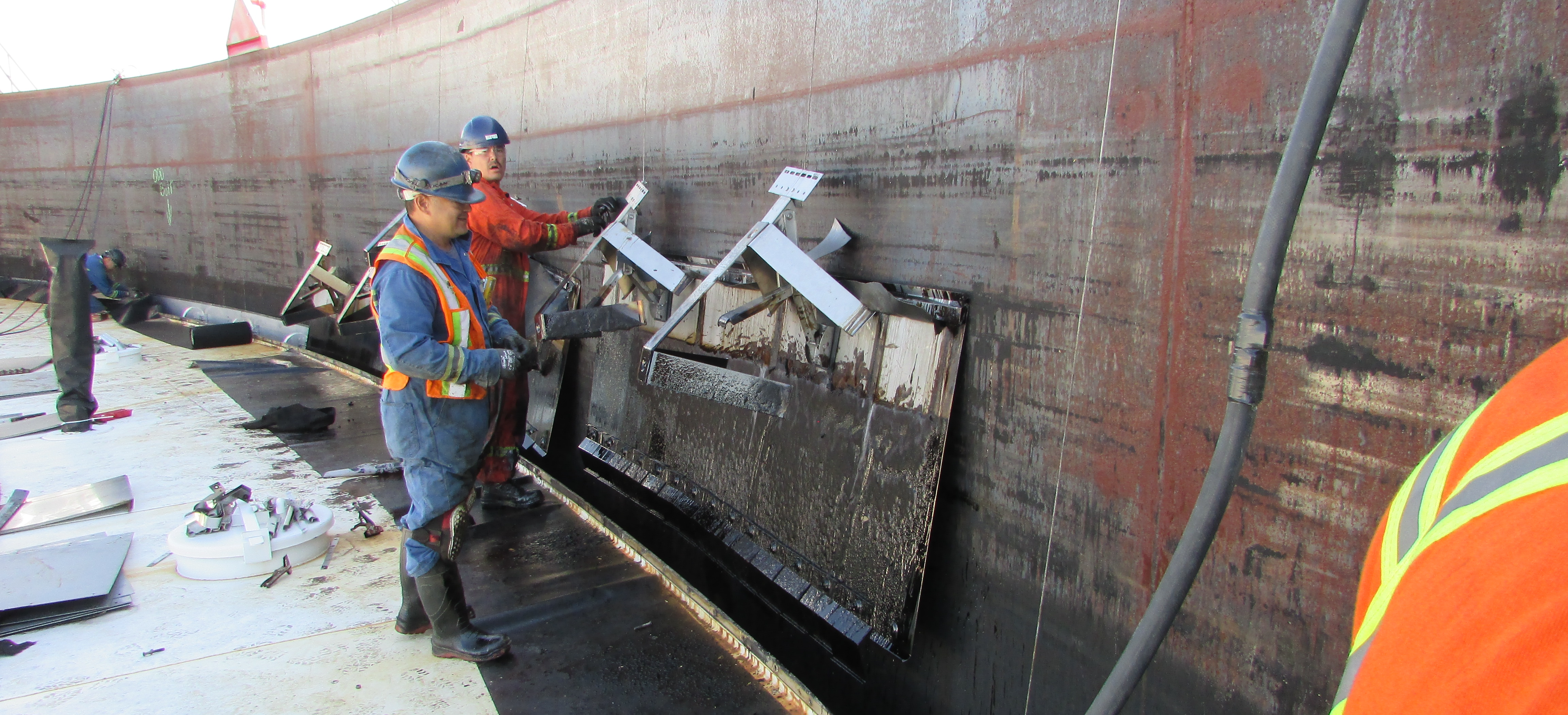When you think of large storage tanks used in the oil and gas industry, the image that often comes to mind is of a massive steel cylinder towering over the landscape. What you might not immediately consider is the innovative technology within these tanks, designed to ensure safety, minimize environmental impact, and protect the valuable resources stored inside. One such technology is the floating roof.
What is a Floating Roof?
A floating roof is a type of roof that floats directly on the surface of the liquid inside a storage tank. Unlike fixed roofs, which are stationary, floating roofs rise and fall with the liquid level, creating a more secure and efficient storage environment. These roofs are commonly used in tanks that store large volumes of petroleum and other volatile organic compounds (VOCs), where the reduction of vapor losses and the prevention of external contamination are crucial.
Types of Floating Roofs
Floating roofs generally come in two primary types:
- External Floating Roofs (EFRs): These are installed on open-top storage tanks. The roof floats on the surface of the liquid, exposed to the atmosphere. EFRs are typically equipped with seals around the edge to minimize the escape of vapors.
- Internal Floating Roofs (IFRs): These are used in tanks that have a fixed roof above the floating roof. The internal floating roof floats on the liquid surface inside the tank, protected from external weather conditions. This combination of fixed and floating roofs offers an additional layer of safety and reduces the potential for vapor emissions.
Benefits of Floating Roofs
- Reduction in Vapor Loss: One of the primary advantages of floating roofs is their ability to significantly reduce vapor losses. As the roof floats directly on the liquid, there is little to no space for vapors to accumulate. This reduces the amount of product lost to evaporation and helps maintain the quality of the stored liquid.
- Environmental Protection: By minimizing vapor emissions, floating roofs help reduce the release of VOCs into the atmosphere, which are harmful to the environment and contribute to air pollution. This makes floating roofs an important component in efforts to comply with environmental regulations.
- Enhanced Safety: Floating roofs also contribute to safety by reducing the risk of fires and explosions. Since the roof eliminates the vapor space above the liquid, it reduces the likelihood of a flammable atmosphere forming within the tank.
- Cost-Effective Storage: By reducing product loss and minimizing the need for additional safety measures, floating roofs can lower the overall cost of storage in the long run. This makes them a cost-effective solution for large-scale storage operations.
Challenges and Considerations
While floating roofs offer numerous benefits, there are also challenges to consider. For instance, the seals around the edges of the roof can degrade over time, leading to potential leaks and vapor losses. Regular maintenance and inspections are crucial to ensure the integrity of the roof and the seals. Additionally, floating roofs may not be suitable for all types of liquids, particularly those that are highly viscous or prone to freezing.
Conclusion
Floating roofs are a critical technology in the storage of petroleum and other volatile liquids. They provide significant environmental and safety benefits by reducing vapor losses and minimizing the risk of fires and explosions. While they require regular maintenance and may not be suitable for all types of liquids, the advantages they offer make them an essential component in the oil and gas industry.
As the industry continues to evolve, the role of floating roofs in safe and efficient storage is likely to grow, making them a key focus for both operational and environmental considerations.


